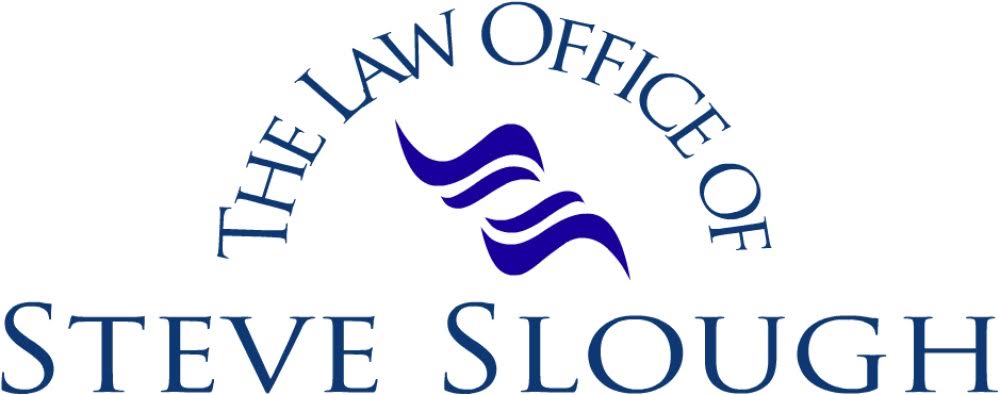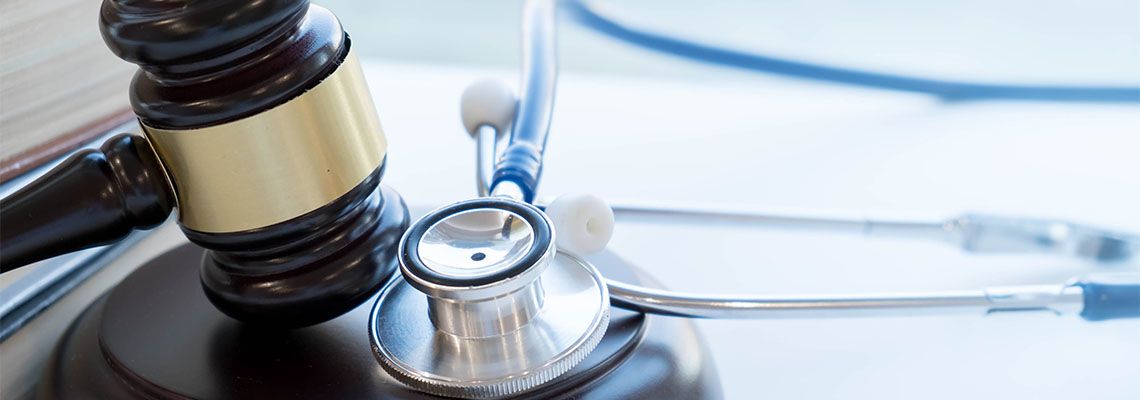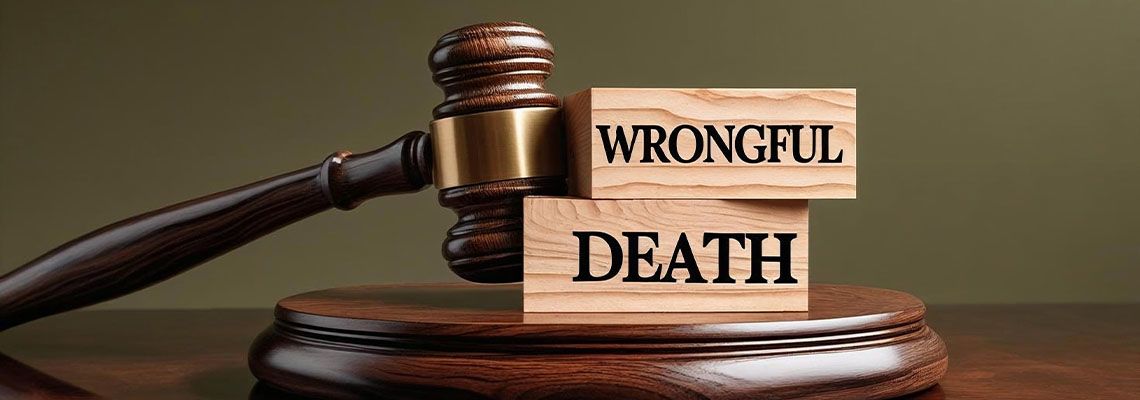When a product fails to perform safely or as intended, the consequences can be devastating. Victims may face serious injuries, permanent disabilities, or overwhelming financial losses, and defective product claims often involve detailed technical, scientific, and medical details that go far beyond ordinary knowledge.

Building Evidence in Side-Impact Collision Cases
Side-impact collisions, also known as T-bone accidents, are some of the most dangerous crashes on the road. These accidents often happen at intersections, parking lots, or when one vehicle fails to yield the right of way.
Victims can suffer serious injuries due to the lack of protection on the sides of a vehicle, leading to medical concerns and legal challenges. Proving what happened and who’s at fault requires strong evidence, and gathering that evidence as early as possible can make a significant difference in a case.
At The Law Office of Steve Slough in Clayton, Missouri, we understand how important it is to build a strong legal case after a side-impact collision. Drivers, passengers, and even pedestrians involved in these crashes may not immediately realize the full impact of the accident.
By collecting the right evidence, injured accident victims can better protect their rights and take the necessary legal steps. In this article, we’ll discuss the key types of evidence needed, where to find it, and how it plays a role in a personal injury case.
Physical Evidence From the Crash Scene
One of the most important steps after a side-impact collision is preserving physical evidence. Some of this evidence may disappear quickly, so gathering it as soon as possible is critical. Key forms of physical evidence include:
Vehicle damage – The location and extent of the damage on both vehicles can help show how the accident happened and which driver had the right of way.
Debris from the crash – Broken glass, car parts, and skid marks can indicate the force of impact and the direction in which each vehicle was moving.
Weather and road conditions – Potholes, construction zones, or wet roads could have contributed to the accident and may be important to document.
Traffic signals and signs – Nearby stop signs, traffic lights, and road markings can help determine whether a driver failed to follow traffic laws.
Physical evidence helps reconstruct the accident and provides visual proof of how the crash occurred. However, in many cases, additional forms of evidence are needed to strengthen a personal injury claim.
Witness Statements and Testimonies
Witnesses can provide valuable details that may not be immediately obvious to those involved in the accident. Their statements can help establish what happened before, during, and after the collision. Important sources of witness testimony include:
Bystanders or pedestrians – People who were nearby at the time of the crash may have seen critical details that drivers missed.
Passengers – Individuals inside either vehicle can provide insight into the moments leading up to the accident.
Nearby business owners or employees – Workers at stores, gas stations, or restaurants near the crash scene may have witnessed the accident or recorded it on security cameras.
Getting witness statements as soon as possible is key. People’s memories fade over time, and their accounts may become less reliable. When possible, accident victims should collect contact information from witnesses so their statements can be used if needed.
Police Reports and Official Documentation
After a side-impact collision, police officers usually arrive at the scene to assess the situation and file an official report. This report can serve as a crucial piece of evidence in a personal injury case. Important details in a police report may include:
Officer observations – Law enforcement officials document their assessment of the crash, including damage, injuries, and possible violations of traffic laws.
Citations or charges – If one driver was ticketed or cited for reckless driving, running a red light, or another violation, this information can support a case.
Statements from those involved – Police often record initial statements from drivers and passengers, which can provide insight into fault and liability.
Police reports can be requested from the responding law enforcement agency. While they may not be the final determining factor in a case, they provide an unbiased account of the accident.
Video Footage and Photographic Evidence
With the widespread use of traffic cameras, dash cams, and smartphones, video and photographic evidence can play a major role in proving what happened in a side-impact collision. Some of the most valuable sources of visual evidence include:
Traffic camera footage – Many intersections have cameras that record real-time traffic conditions. This footage may show the accident as it happened.
Dash cams – Some drivers use dashboard cameras that automatically record footage while driving. If any involved vehicle had a dash cam, it could provide clear evidence of the collision.
Security cameras – Businesses, parking garages, and residential properties may have surveillance cameras that captured the crash.
Photos from the scene – Taking pictures of vehicle damage, injuries, traffic signals, and skid marks can help establish the circumstances of the accident.
Video footage and photos are powerful tools when building a personal injury case. They provide direct evidence of what happened, reducing the risk of conflicting statements or uncertainty about the crash.
Medical Records and Injury Documentation
Side-impact collisions often result in serious injuries, including whiplash, broken bones, head trauma, and internal injuries. Medical records are essential in demonstrating how the accident affected the victim’s health. Important medical evidence includes:
Emergency room and hospital records – Documentation from initial medical treatment can establish the severity of injuries.
Doctor’s evaluations – Ongoing medical reports track recovery progress and the long-term impact of injuries.
Physical therapy records – If rehabilitation is needed, these records help show the extent of treatment required after the crash.
Photographs of injuries – Visual documentation of bruises, cuts, and other visible injuries can support a personal injury case.
Medical records help connect the accident to the victim’s injuries, making them a key part of building a legal claim.
Expert Analysis and Accident Reconstruction
When a side-impact collision case is disputed, accident reconstruction experts can help clarify what happened. These professionals analyze physical evidence, vehicle damage, and road conditions to determine the sequence of events leading to the crash. Their assessments may involve:
Speed and impact analysis – Experts examine damage patterns to estimate how fast each vehicle was traveling at the time of impact.
Brake and skid mark evaluation – Reviewing skid marks can show whether a driver attempted to stop or made evasive maneuvers.
Vehicle positioning – Experts can reconstruct how the vehicles moved before, during, and after the crash.
Accident reconstruction reports add credibility to a personal injury case and help clarify details that may be disputed. An experienced personal injury attorney, like Attorney Steve Slough, can help with accident reconstruction if needed.
Digital Evidence and Phone Records
Digital evidence can be just as valuable as physical evidence. Phone records and data logs can sometimes reveal important details about a driver’s behavior before a crash. Examples of digital evidence that may be relevant include:
Cell phone records – If a driver was texting or on a call at the time of the accident, phone records may indicate distracted driving.
GPS data – Some vehicles track speed and location, which can provide a glance into whether a driver was following traffic laws.
Black box data – Many modern vehicles have event data recorders that log speed, braking, and acceleration before a collision.
This type of evidence can help determine whether distracted driving or reckless behavior contributed to the crash.
Contact The Law Office of Steve Slough for Legal Guidance
Building a strong case takes time, effort, and a strategic approach to gathering evidence. At The Law Office of Steve Slough in Clayton, Missouri, we help accident victims build strong cases supported by solid evidence. We also serve clients throughout St. Louis and its surrounding areas of St. Charles County and Madison County, Missouri, and St. Clair County, Illinois. If you’ve been involved in a side-impact collision, contact our firm to take the next steps.
RECENT POSTS
Medical malpractice can be one of the most stressful and emotional experiences a person faces. When you or a loved one suffers harm due to a medical professional's mistake, the emotional and financial impact can be overwhelming. Filing a medical malpractice claim requires careful preparation and attention to detail.




